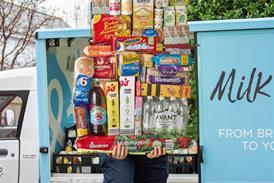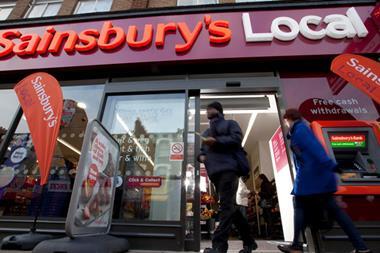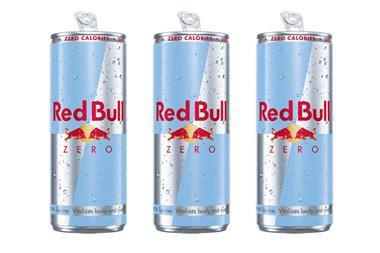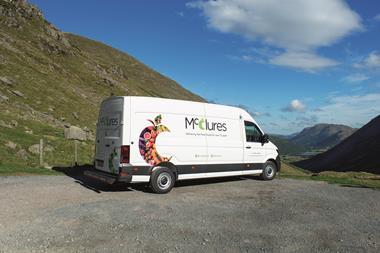The multiple has invested £13m in developing its first Savacentre in nine years, and the new store in Northfield, Birmingham, has the potential to become Sainsbury's 13th highest turnover generator.
With half the space of a traditional Savacentre at 35,000 sq ft, the store nevertheless has the potential to produce sales densities among the top 10 in the retailer's portfolio.
Sainsbury has chosen wisely in its selection of sites to test the new concept.
The catchment of the new store fills a gap vacated by the closure of its former Grosvenor Centre store in an area of relatively low provision for the major supermarket chains, which explains the limited impacts likely to be felt by key competitors.
The exception is Safeway, likely to feel the greatest effect, losing just over 6% of combined sales from its five stores in the shadow of the new Savacentre.
The greatest impact is likely to be felt at the nearby Rubery store.
Tesco and Asda are less exposed due to a weak presence in the area.
With the Grosvenor Centre closure, Sainsbury is likely to sustain only minor levels of cannibalisation with three of its stores feeling impacts so small that they only just register.
Analysis of the demographics of the catchment further underlines the logic of using the Savacentre format to fill the gap in provision. In the absence of a robust profile of Savacentre customers, CACI's analysis of the customer profile of the catchment area has revealed that the most appropriate fascia to appeal to shoppers is Kwik Save or Aldi.
If the Northfield Savacentre is to meet its potential, then it will have to go some way to appeal to the dominant ACORN groups located in the area, namely: Council Estate Residents, Better off Homes; Skilled Workers, Home Owning Areas; New Home Owners, Mature Communities.
These are all customer segments where the Sainsbury brand is very weak, and where a move to a more value driven format may well unlock the potential of the catchment.
{{INSIGHT }}
With half the space of a traditional Savacentre at 35,000 sq ft, the store nevertheless has the potential to produce sales densities among the top 10 in the retailer's portfolio.
Sainsbury has chosen wisely in its selection of sites to test the new concept.
The catchment of the new store fills a gap vacated by the closure of its former Grosvenor Centre store in an area of relatively low provision for the major supermarket chains, which explains the limited impacts likely to be felt by key competitors.
The exception is Safeway, likely to feel the greatest effect, losing just over 6% of combined sales from its five stores in the shadow of the new Savacentre.
The greatest impact is likely to be felt at the nearby Rubery store.
Tesco and Asda are less exposed due to a weak presence in the area.
With the Grosvenor Centre closure, Sainsbury is likely to sustain only minor levels of cannibalisation with three of its stores feeling impacts so small that they only just register.
Analysis of the demographics of the catchment further underlines the logic of using the Savacentre format to fill the gap in provision. In the absence of a robust profile of Savacentre customers, CACI's analysis of the customer profile of the catchment area has revealed that the most appropriate fascia to appeal to shoppers is Kwik Save or Aldi.
If the Northfield Savacentre is to meet its potential, then it will have to go some way to appeal to the dominant ACORN groups located in the area, namely: Council Estate Residents, Better off Homes; Skilled Workers, Home Owning Areas; New Home Owners, Mature Communities.
These are all customer segments where the Sainsbury brand is very weak, and where a move to a more value driven format may well unlock the potential of the catchment.
{{INSIGHT }}



















No comments yet